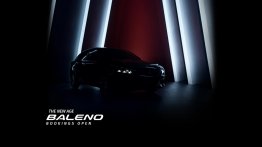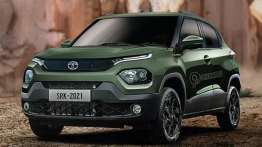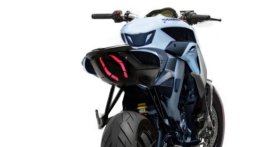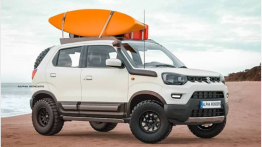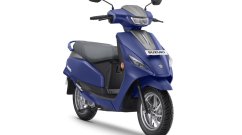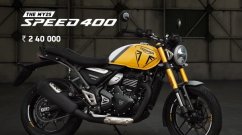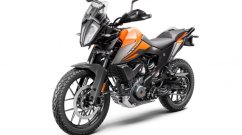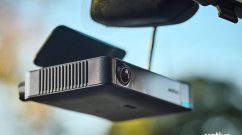Expected to be launched in India sometime next year.
The current third generation Maruti Swift was introduced in June 2010 and is due for a full makeover. A sketch from mag-x previews the fourth generation Suzuki Swift. According to a report from Car Sensor, the next-gen Swift should be launched in Japan in August 2017.
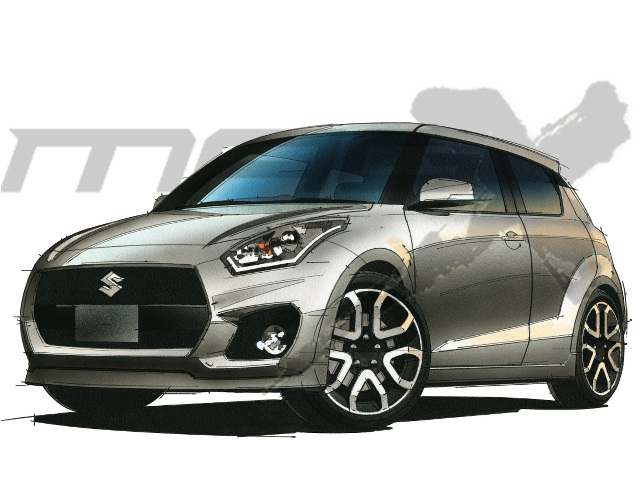
The fourth generation Suzuki Swift is currently under development in Europe, spyshots affirmed just a few days back. As depicted in the sketch, the all-new Swift will undergo an evolutionary redesign, remaining largely unchanged in shape. What will be extensively changed, will be under the skin.
The fourth-gen Swift will be based on the all-new Baleno‘s high-rigidity and lightweight new-generation platform. The aforementioned report says that the 2017 Swift will measure 3,900 mm in length, 1,695 mm in width and 1,500 mm in height. The new platform is expected to bring considerable weight savings to the car, of nearly 50 kg (in kerb weight).
The 2017 Suzuki Swift is expected to be offered with the K12C 1.2-litre DUALJET naturally-aspirated four-cylinder and K10C DITC 1.0-litre turbocharged three-cylinder petrol engines in Europe. The 2017 Suzuki Swift Sport will sport the K14C-DITC 1.4-litre BOOSTERJET turbocharged four-cylinder petrol engine from the current Suzuki Vitara.
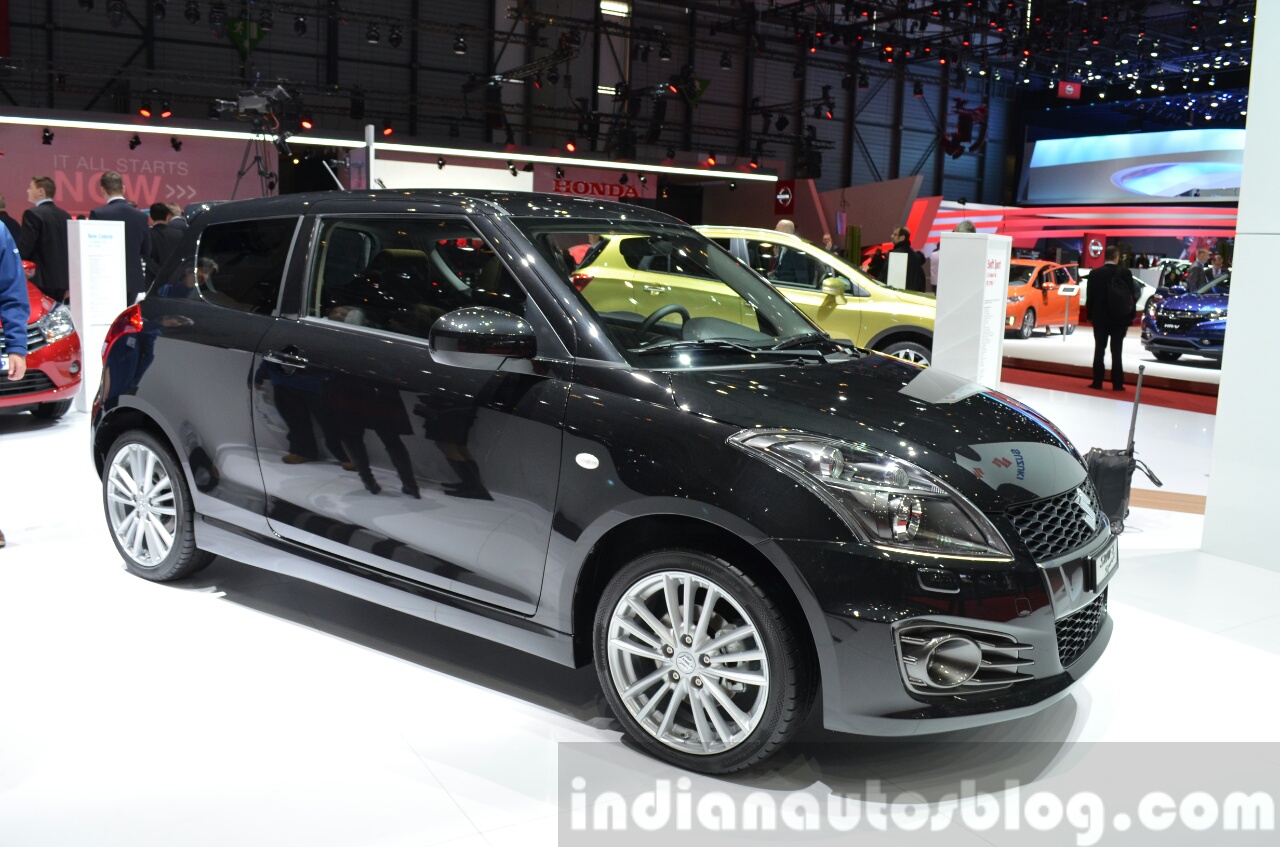
Also See: Suzuki S-Cross facelift to be revealed in a few days
The 2017 Maruti Swift should continue with the current model’s 1.2-litre VVT naturally aspirated four-cylinder petrol engine, along with a diesel engine which could be a new unit developed in-house.
[Source: Car Sensor]






















